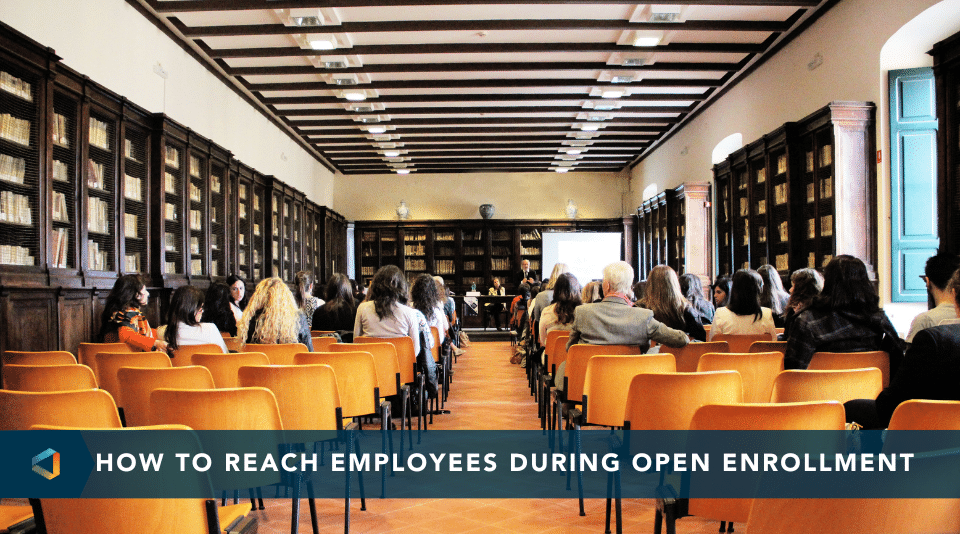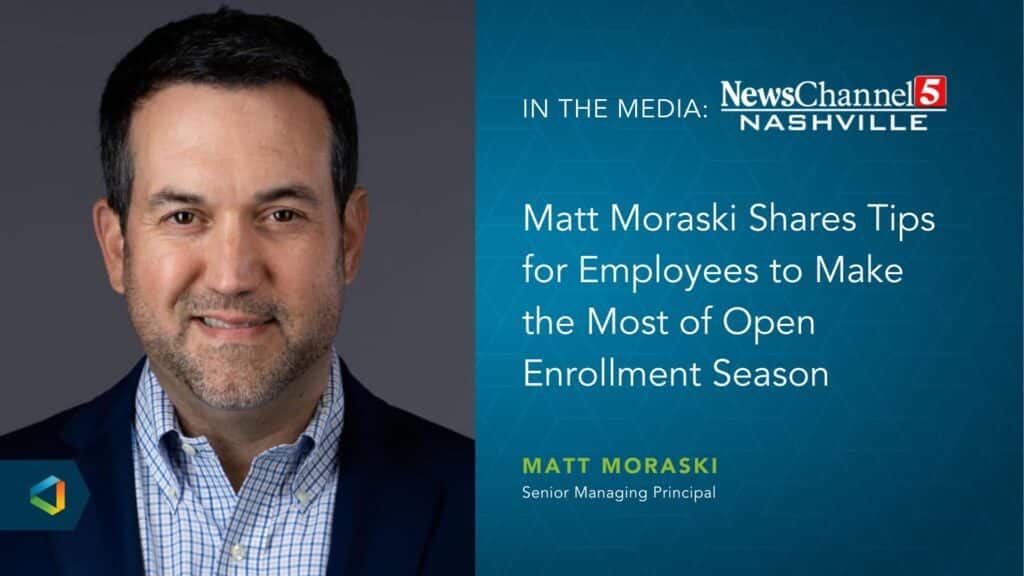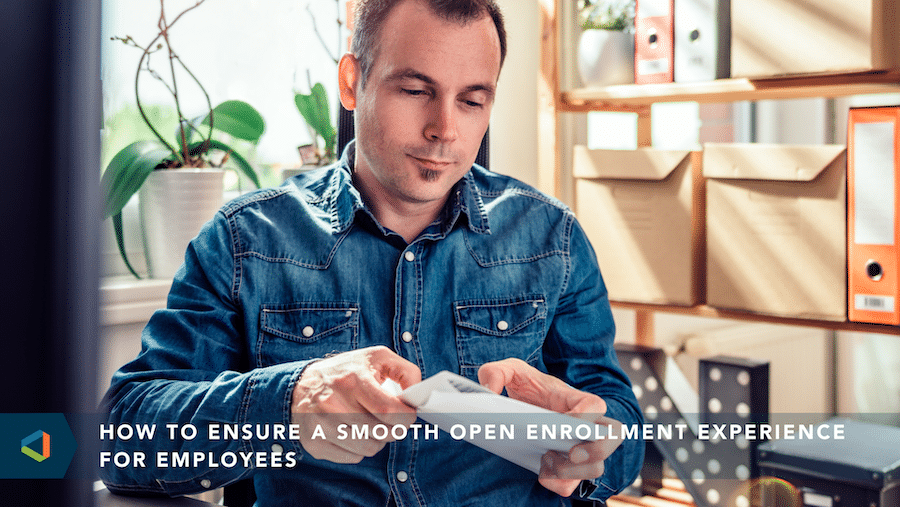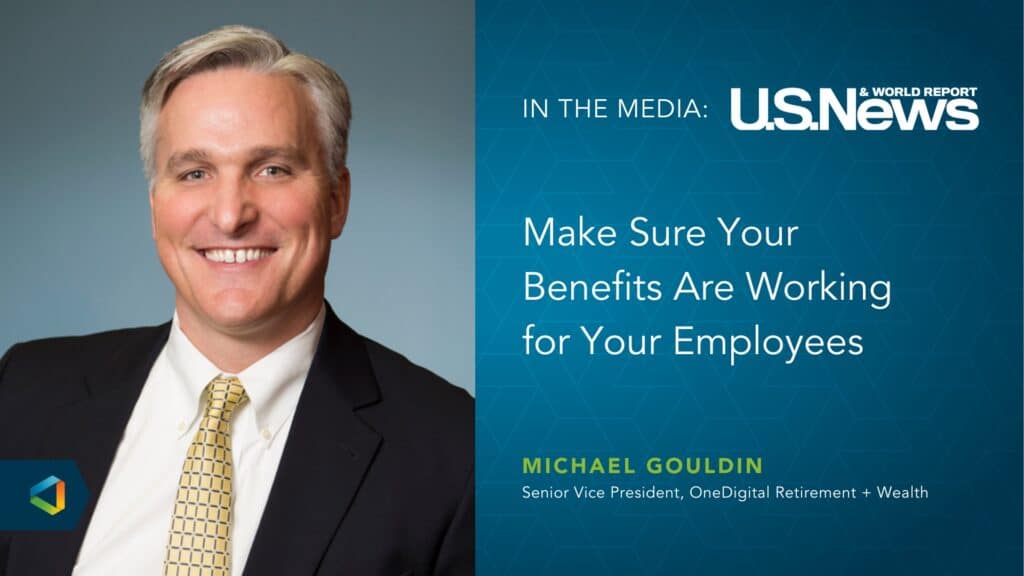Better Benefits
Active vs. Passive Open Enrollment: Weighing the Pros and Cons
Active vs. Passive Open Enrollment: Weighing the Pros and Cons
Decisions made during open enrollment can have significant impacts on the health and wellbeing of both your employees and their family members.
Many individuals simply don't grasp how much of an impact their benefit selection decisions can have on their physical, mental and financial health, which is why it's so important for plan administrators to make sure that employees are aware of the company's open enrollment strategy. The sheer complexity of benefit offerings and the selection process opens the door for misunderstandings, confusion, and improper coverage selections that are very difficult to remedy.
There are two ways for employers to administer the open enrollment process: actively and passively. An active enrollment requires employees to overtly choose their benefits each year, regardless of how much or little they would like to change. On the other hand, a passive enrollment process will automatically re-enroll employees in their current plan selections unless they indicate that they would like to make an alteration.
Some employers believe that passive enrollment is the best option because it involves a lower administrative burden, offers less opportunity for employees to miss the enrollment deadline, and is considered the path of least resistance. However, others think that active enrollment is preferable because it requires employees to reevaluate their current lifestyle, family status, and other health factors while also providing management with an opportunity to socialize new offerings.
Most employers today opt for active enrollment, but the best option for your business depends on the specific characteristics of your organization and employee population.
Here's a useful breakdown of the pros and cons to help your organization make the best decision to use active or passive open enrollment:
Active Open Enrollment
Pros |
Cons |
| Higher Engagement Shifting to an active enrollment process can help keep employees engaged and evolve their understanding of the benefits offered. This sort of engagement can help employers stay in touch with employee demands and help keep the benefits package fresh to attract and retain talent. |
Time Consuming Planning for an active enrollment can be very time consuming for any employer but especially those with limited resources. The feasibility of delivering an effective communications strategy while capturing all relevant enrollment information in a timely manner requires a well thought out plan and the time and resources to execute. |
| Ongoing Communication Well-communicated benefits can make a world of difference for employees. Providing reminders and reaching out through various media outlets can make it hard for employees not to pay attention, especially if the message is clear; not making an election means no coverage. Follow-ups are encouraged to ensure elections are completed and employees take ownership of their decisions. |
Costly Putting together the necessary resources for an active enrollment can be expensive for employers when considering enrollment systems, engagement platforms and overall cost of communications. Limited budgets can struggle with an effective enrollment process due to a lack of resources to help convey the renewal information. |
| Better Records Active enrollments can ensure employee records are more kept up to date by having elections be required. This approach can also help employers gather important information on employee dependents and beneficiaries to help ensure all parties have the most up to date and relevant information. This can also help keep the correct coverages in line with the carrier partners that are insuring members. |
Greater Risk of Miscommunication Open enrollment communications that get overlooked can create bad behaviors and lead to confusion on the benefits offerings. By not engaging all employees with the benefits offerings and enrollment process, employers are susceptible to employees becoming dissatisfied with the benefits offered. |
| Facilitates Changes When employers alter the benefits package, most notably the health plan options, having an active enrollment can help communicate the differences and change employee behavior to put more consideration towards the benefits offerings. This sort of engagement helps employees become highly involved in the decision-making process and provides the opportunity to build employee loyalty over time. |
Gaps in Enrollment With an active enrollment, there is a higher chance of gaps in many areas of the benefits process. There can be gaps in the enrollment, coverage, care and financial elements that can impact both employees and employers. It can be costly if employers don’t deliver a clear and effective open enrollment process. |
Passive Open Enrollment
Pros |
Cons |
| Less Burden On HR In general, this type of enrollment is popular because it’s easier. With an increasingly busy workforce, HR is often fighting to stay on top of business initiatives, retention and recruitment, wellbeing, compliance and more. By automatically re-enrolling employees, employers considerably reduce administrative tasks. Conducting a passive enrollment can almost completely eliminate one of the most significant and time-consuming annual tasks for HR professionals, offering more time for other critical organizational goals. |
Potential for Poor Choices The biggest concern with a passive enrollment is the likelihood of employees making poor decisions on their benefit elections. Employees who don’t pay attention or don’t want to spend time analyzing their benefits can inadvertently make costly decisions. |
| Offsets Disengagement A passive open enrollment addresses the challenge of employees who neglect open enrollment and run the risk of losing coverage. Removing this burden can be a major relief for employers and limits the number of last-minute changes. There’s also no need for constant communications and reminders to employees about open enrollment deadlines. |
Lack of Coverage Often employees can overlook open enrollment during a passive scenario and not obtain necessary or specific coverages needed for them and their families. It’s also easy for employees to miss out on new benefits or value-added benefits that can be taken advantage of by employees with proper understanding. |
| More Convenient The simplicity of this option takes the burden off employees, a positive side effect considering most employees find the benefits selection process to be extremely stressful. Instead, they may feel a sense of ease knowing their coverage will remain during the transition to the new plan year. In theory, a passive enrollment puts employees in the driver’s seat to make adjustments to healthcare decisions when necessary. |
Lack of Appreciation During a passive enrollment, it can be more likely that employees do not perceive the total value of the benefits offerings. The benefits can be a significant attribute to the compensation package, but if the employee population is not aware or informed, they may not appreciate the offerings. This lack of understanding can even lead to a poor perception, or skewed view of the benefits offered by employers. |
| Deeper Understanding When there is little or no change to the benefits being offered, employees have the advantage of repetition. They can apprehend more about their benefits package as they grow familiar with the details year-over-year. Employers can also offer consistency in their messaging and reiterate essential points in each enrollment period, providing a deeper understanding of the benefits to employees. Besides, this can mean a less stressful open enrollment for both plan managers and employees and result in a more positive experience. |
Fewer Reassess Passive enrollments can be a missed opportunity for employees to familiarize themselves with the benefits and evaluate how their needs have changed from the last enrollment period. By not actively engaging in the benefits selection process, these missed opportunities can mean employees have too much coverage or lack appropriate coverage, which can be dangerous and also costly to employees and the employer in the long run. |
Regardless of whether you plan to pursue an active or passive open enrollment strategy, it's important that you and your benefits administration team commit to a process that maximizes employee awareness and minimizes the likelihood of poor benefit selections.
For more tips on how to get this process right, check out our blog post 3 Ways to Improve Open Enrollment This Year.




